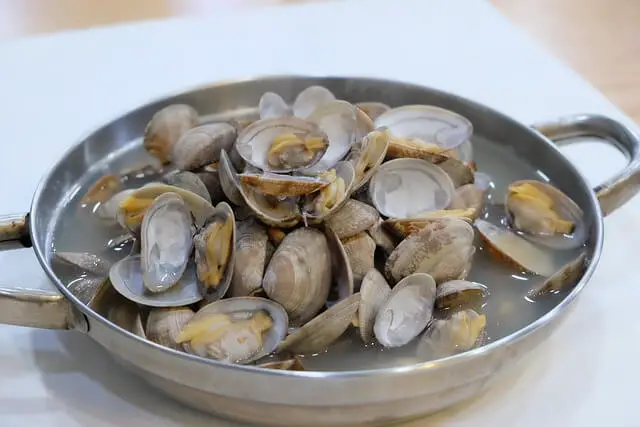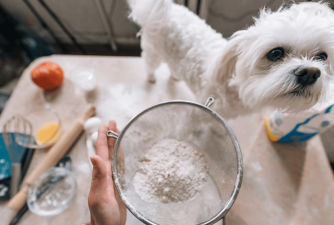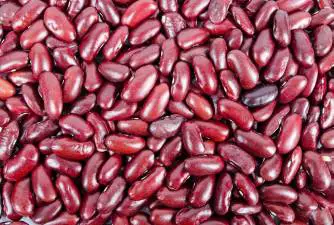Can You Safely Share Clams With Your Dog?
21.12.2022.
We all know that shellfish is an excellent source of nutrients that can boost our metabolism, which is why we love to eat them so much. Clams also belong to this category. Apart from the fact that they are very healthy, they also taste incredible.
Often time owners like to share food with their dogs, and there is nothing wrong with that. They should ensure that the food they give their dogs is good for them and won't cause any health problems. So if you were wondering: "Can dogs eat clams?" you are about to find out.
Can dogs eat clams?
Clams are perfectly safe for dogs to consume, and if you are a clams lover, you can safely share some with your dog. Before you do so, you must understand how exactly you should give your dog some clams and if there is any risk that can affect your dog.
As always, we advise you to talk to your vet before introducing any new food to your dog's nutrition. Even if it’s safe for dogs to consume them, some dogs could react to clams; and for them, there are better ideas than sharing clams.

What are the benefits of eating clams?
Clams are full of healthy nutrients that both humans and dogs could benefit from. If you decide to share clams with your dog, he will get these nutrients into his system:
- Protein
- Zinc
- Iron
- Magnesium
- omega 3 fatty acids
We all know that dogs need healthy proteins in their diet, and you can be sure that clams are full of them. Other nutrients will be a great addition to your dog's nutrition, help him boost his energy, and provide joint support.
Omega 3 fatty acids are excellent nutrients for treating different inflammations in your dog's body, and by ingesting them, your dog will have additional protection.
RELATED: Can Dogs Get Food Poisoning?
Could clams be bad for your dog?
Generally speaking, clams are perfectly safe for dogs to consume. However, depending on your dog and his general health, your dog may have a reaction after you share some clams with him. Some dogs will not have a good reaction, and in this scenario, you should not share clams with him.
Owners are often tempted to offer raw clams to their dogs, which is completely wrong. The only right way of sharing clams is if they are cooked properly. By cooking, you will remove all the possible bacteria that can affect your dog and cause food poisoning.
Also, ensure not to allow your dog to come near clam shells. They pose a choking hazard because most dogs will be tempted to put them in their mouth and possibly chew and swallow them.
IMPORTANT: You should never share canned clams with your dog since they contain additional levels of salt, and eating too much salty content can easily cause sodium poisoning for your dog.

RELATED: Is Salt Bad For Dogs? When To Worry?
How to serve clams to your dog?
If you decide to share clams with your dog, understand the right way to do it. The only type you should share with your dog are cooked clams. Make sure that you only serve them plain, without any additional spices or seasoning, because those things are bad and possibly toxic for dogs.
You need to ensure that your dog will not experience any additional health concerns after eating clams. Start slowly and offer your dog only a small piece. If he is not having a reaction, you can safely share the remaining clams with him.
IMPORTANT: Every additional food you share with your dog shouldn't exceed 10% of your dog's daily food intake, meaning that 90% of the dog's daily food intake should still come from his well-balanced dog food.
When to be worried?
After your share a small piece of clams with your dog, you need to watch for an allergic reaction. If you notice any symptoms, you should not share clams with your dog, and you must contact your vet. Even though clams are generally safe for dogs to eat, some dogs could have a reaction.
Symptoms your dog could exhibit include
- GI upset
- Vomiting
- Diarrhea
- Weakness
- Dehydration
Whenever you notice strange behavior in your dog or any symptoms that indicate something is bothering your dog, you should immediately contact your vet and ask him what to do.
RELATED: Dog Food Allergies: What Are They & How To Spot Them
World Dog Finder team







Share